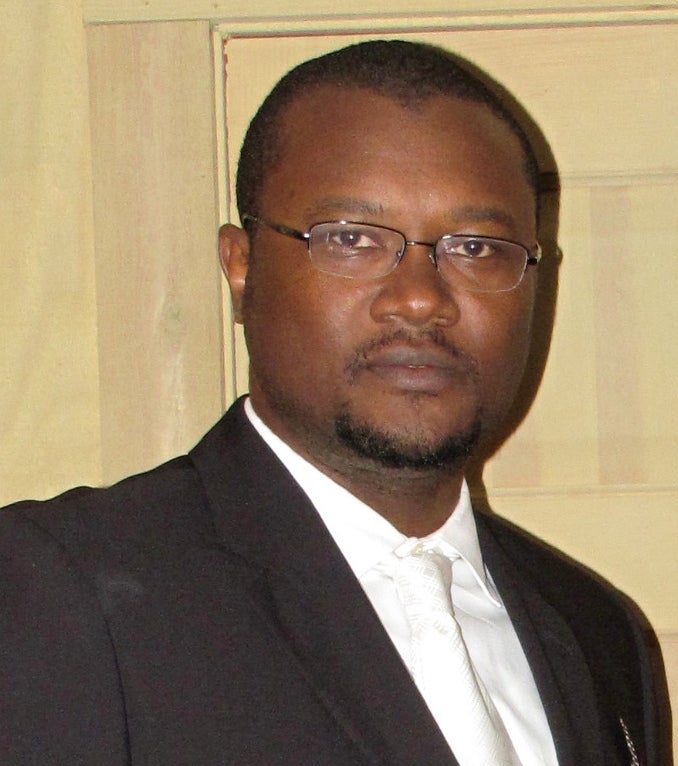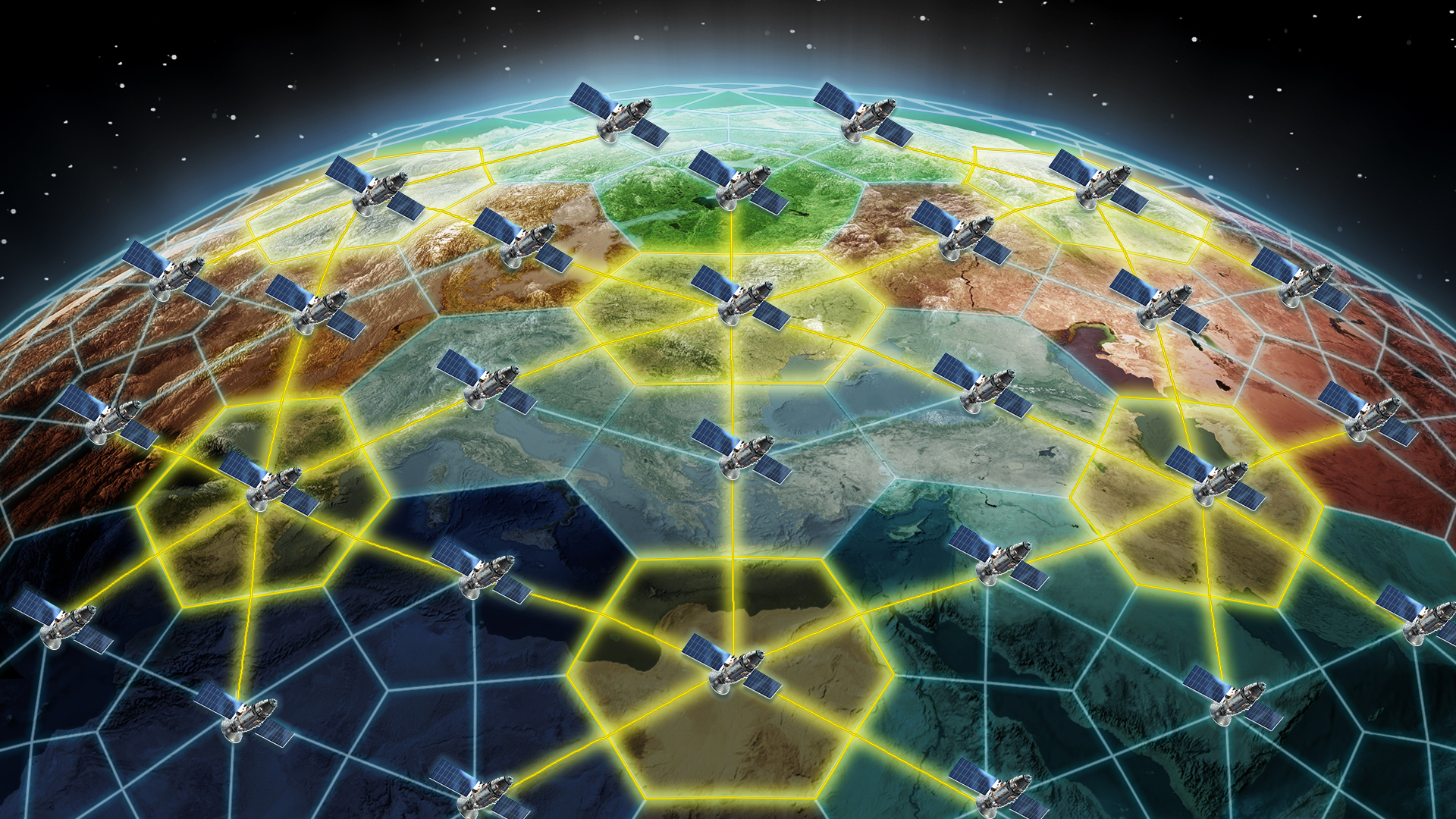University of Maryland School of Medicine (UMSOM) Dean Mark T. Gladwin, MD, announced today that Martine Rothblatt PhD, JD, MBA, Chairperson and CEO of United Therapeutics, and inventor of SiriusXM Satellite Radio, will deliver the keynote address for this year’s graduating medical student class. The UMSOM MD graduation ceremony will take place at the Hippodrome Theatre on Thursday, May 16, 2024.
Tag: satellite communications
When it comes to satellite data, sometimes more is more
Researchers at Stevens Institute of Technology have now created a digital platform that enables dozens of organizations to model information exchanges between fleets of orbital devices and land-based antennae to manage complex earth science problems such as spotting wildfires.

Rensselaer Researcher Breaks Through the Clouds To Advance Satellite Communication
Rensselaer Polytechnic Institute’s Moussa N’Gom, assistant professor of physics, applied physics, and astronomy, has devised a method to make communications between satellites and the ground more effective no matter the weather. In research recently published, N’Gom and his team used ultrafast, femtosecond lasers to cut through the clouds and rain that commonly cause losses in free-space optical communication (FSO).

DARPA projects designing microelectronics platforms for the future
The recipient of grants from the U.S. Department of Defense Advanced Research Projects Agency, or DARPA, totaling $22.4 million, ASU Professor Daniel Bliss is now working on two advanced computing projects, both of which are producing reimagined “chips,” or microprocessors, that are the foundation for most of today’s electronics — from supercomputers to smart devices to the technology that makes autonomous vehicles self-driving.
Landslide risk remains long after an earthquake
Satellite observations have revealed that weak seismic ground shaking can trigger powerful landslide acceleration – even several years after a significant earthquake.
NRAO Expands Radio Dynamic Zone Testing with Support from NSF
Following a generous grant from the National Science Foundation’s Spectrum Innovation Initiative (SII), NSF’s National Radio Astronomy Observatory (NRAO) will expand efforts to establish and support the co-existence of research and commercial entities across the radio spectrum.
DARPA project to give satellites a shared, optical language
ASU’s WISCA Research Center awarded finding for DARPA’s Space-Based Adaptive Communications Node program, known as Space-BACN. Space-BACN. The initiative aims to create a low-cost, reconfigurable optical communications terminal that adapts to most optical intersatellite link standards.